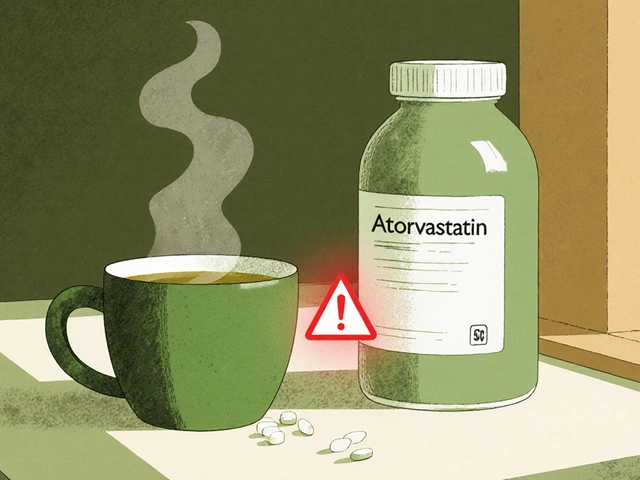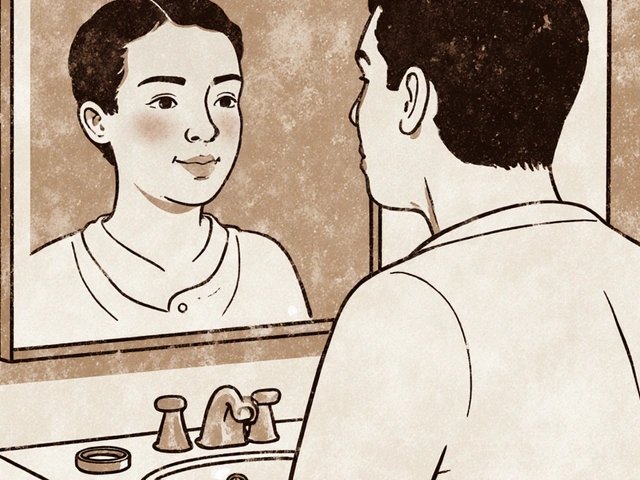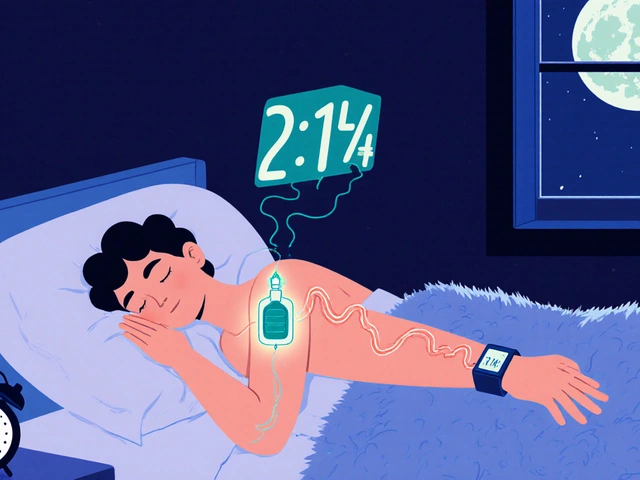Polypharmacy Risks: What You Need to Know About Taking Too Many Medications
When you’re taking polypharmacy, the use of multiple medications at the same time, often by older adults or those with chronic conditions. Also known as multiple drug therapy, it’s common—but far from harmless. It’s not just about the number of pills. It’s about how they interact, what your body can handle, and whether each one still truly helps you.
Take drug interactions, when two or more medications change each other’s effects in your body. For example, mixing a blood thinner like warfarin with certain herbal teas or NSAIDs can lead to dangerous bleeding. Or combining sedatives like benzodiazepines with opioids—something we’ve seen in posts about CNS depression, a life-threatening slowdown of brain function that can stop breathing—can be fatal. These aren’t rare cases. Studies show over half of adults over 65 take five or more drugs, and nearly one in four ends up in the ER because of a bad reaction.
Then there’s adverse drug reactions, unintended, harmful effects from medications that aren’t due to overdose. These can look like fatigue, dizziness, confusion, or even falls. One person might think their tiredness is just aging, but it’s actually metformin lowering their B12, or a statin messing with their muscles. The problem? Doctors often don’t ask about every pill you’re taking—especially supplements, OTC drugs, or herbal remedies. That’s why medication safety, the practice of using drugs in ways that minimize harm and maximize benefit isn’t just a checklist. It’s a conversation you need to have, over and over.
You don’t need to stop every pill. But you do need to know why you’re taking each one. Are they still helping? Could one be causing the problem you’re trying to fix? Some people take five drugs for high blood pressure, diabetes, arthritis, sleep, and acid reflux—and none of them were ever reviewed together. That’s where polypharmacy risks grow. It’s not the drugs themselves. It’s the lack of coordination.
What you’ll find below are real stories and clear breakdowns of how common medications collide—whether it’s steroids and NSAIDs tearing up your stomach, herbal teas messing with birth control, or antibiotics throwing off your gut and your mood. These aren’t theoretical warnings. These are the kinds of mix-ups that land people in hospitals. And the good news? Most of them are preventable.

- Nov 12, 2025
- Posted by Cillian Osterfield
How Age Affects Medication Side Effects and Tolerability
Aging changes how your body handles medications, making side effects more common and severe. Learn why older adults need lower doses, which drugs are riskiest, and how to prevent dangerous reactions.
Categories
- Health and Wellness (57)
- Medications (39)
- Health and Medicine (22)
- Pharmacy Services (10)
- Mental Health (5)
- Health and Career (2)
- Medical Research (2)
- Business and Finance (2)
- Health Information (1)
Latest Posts
©2025 heydoctor.su. All rights reserved





